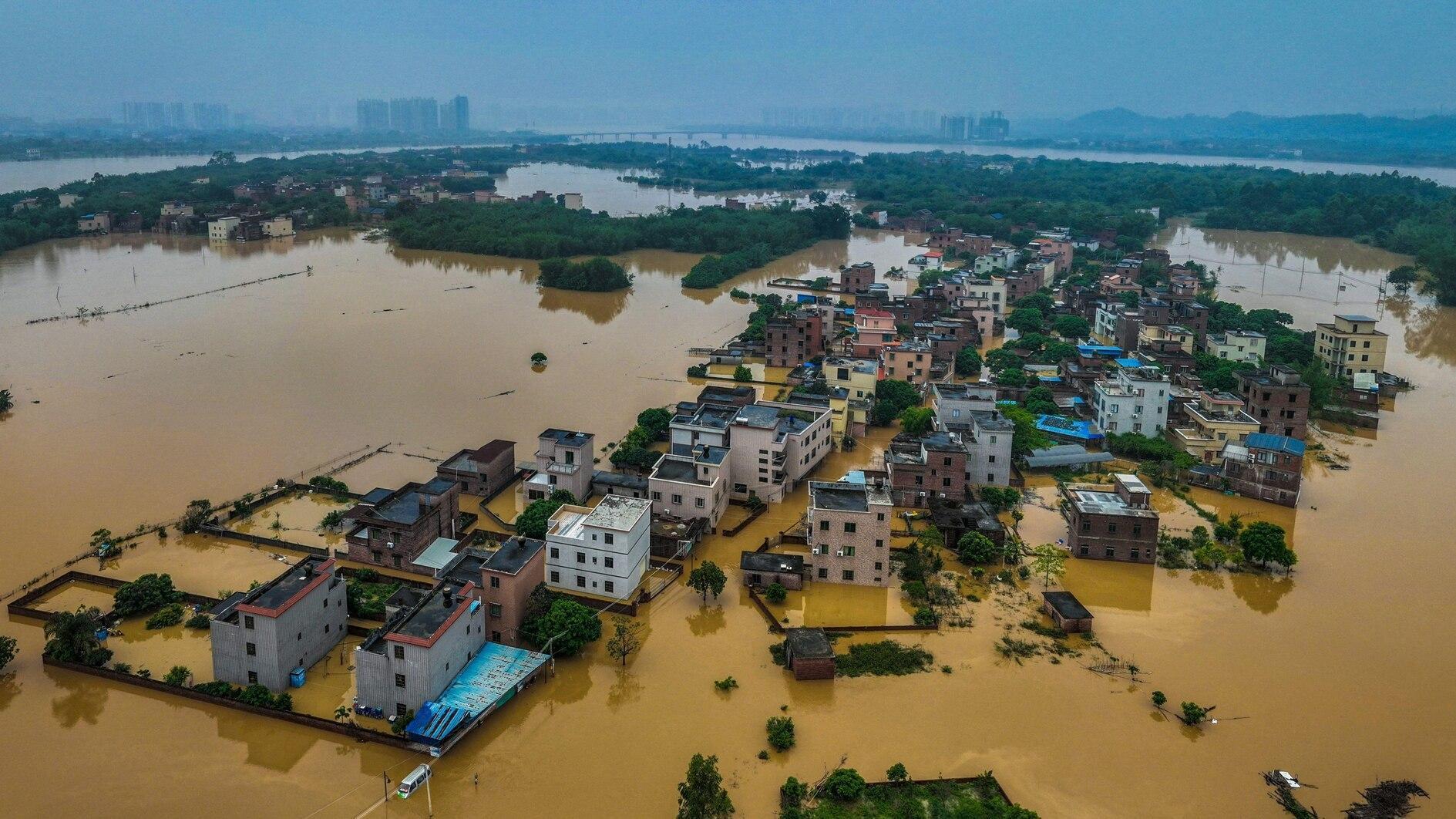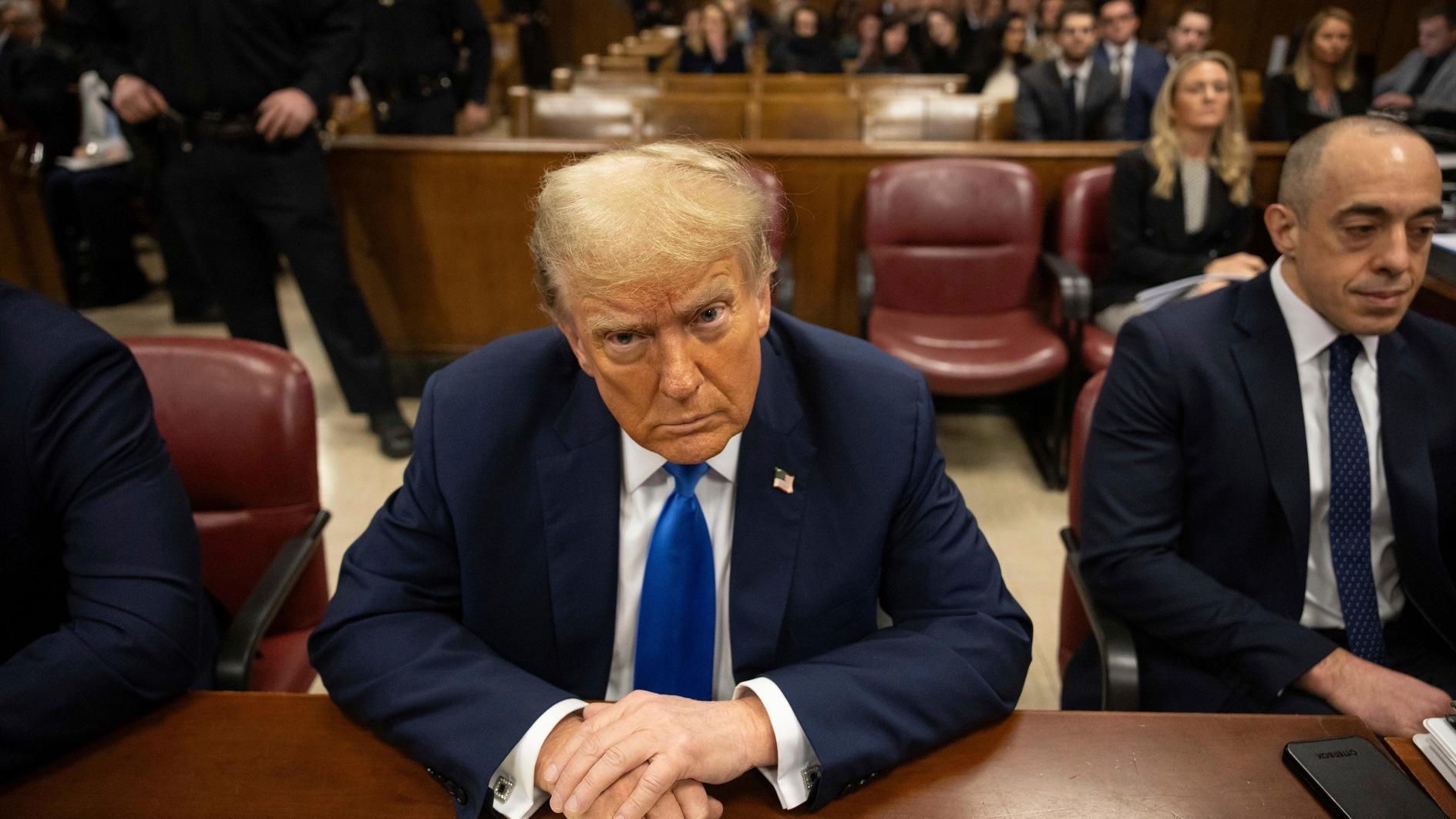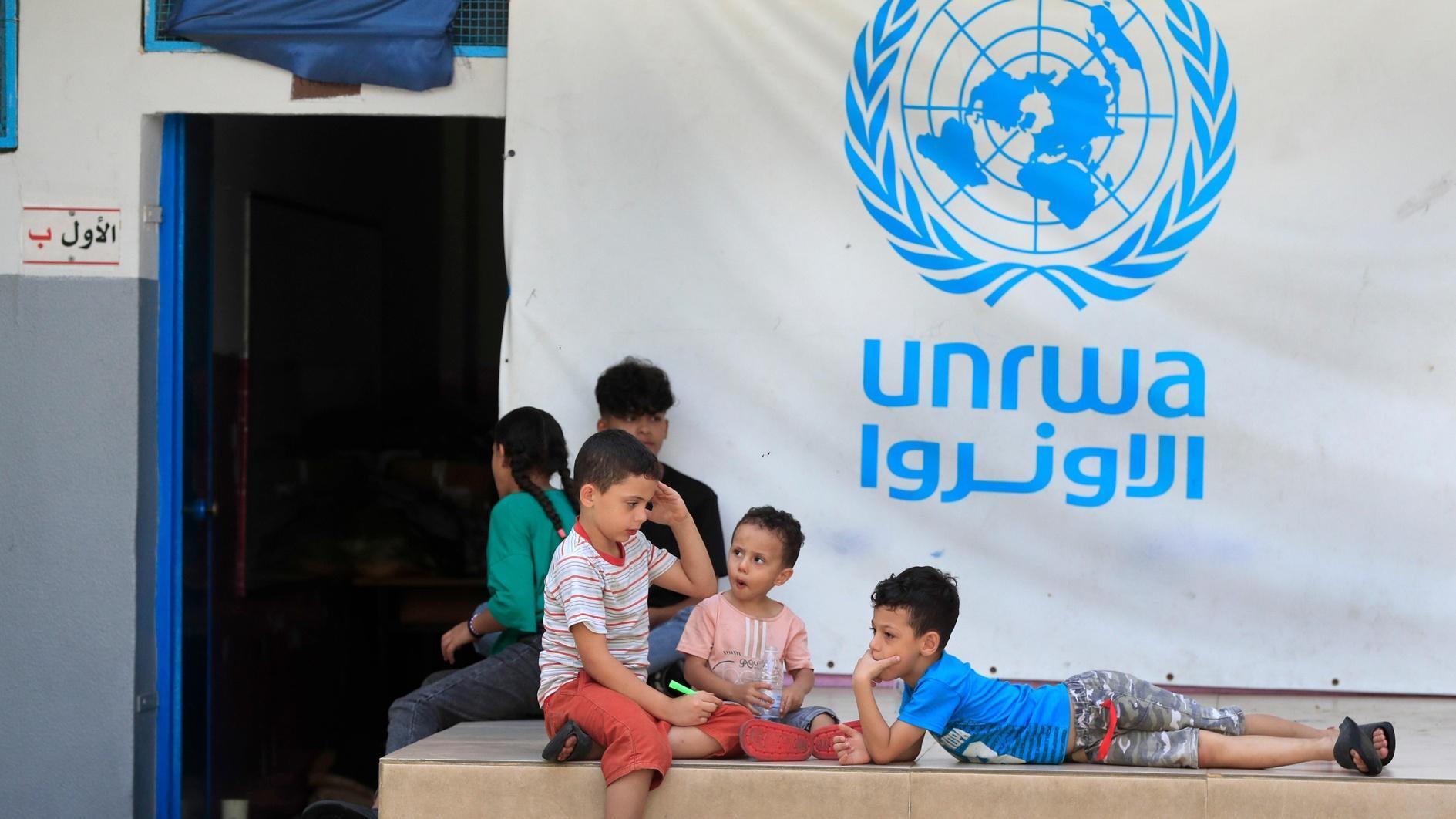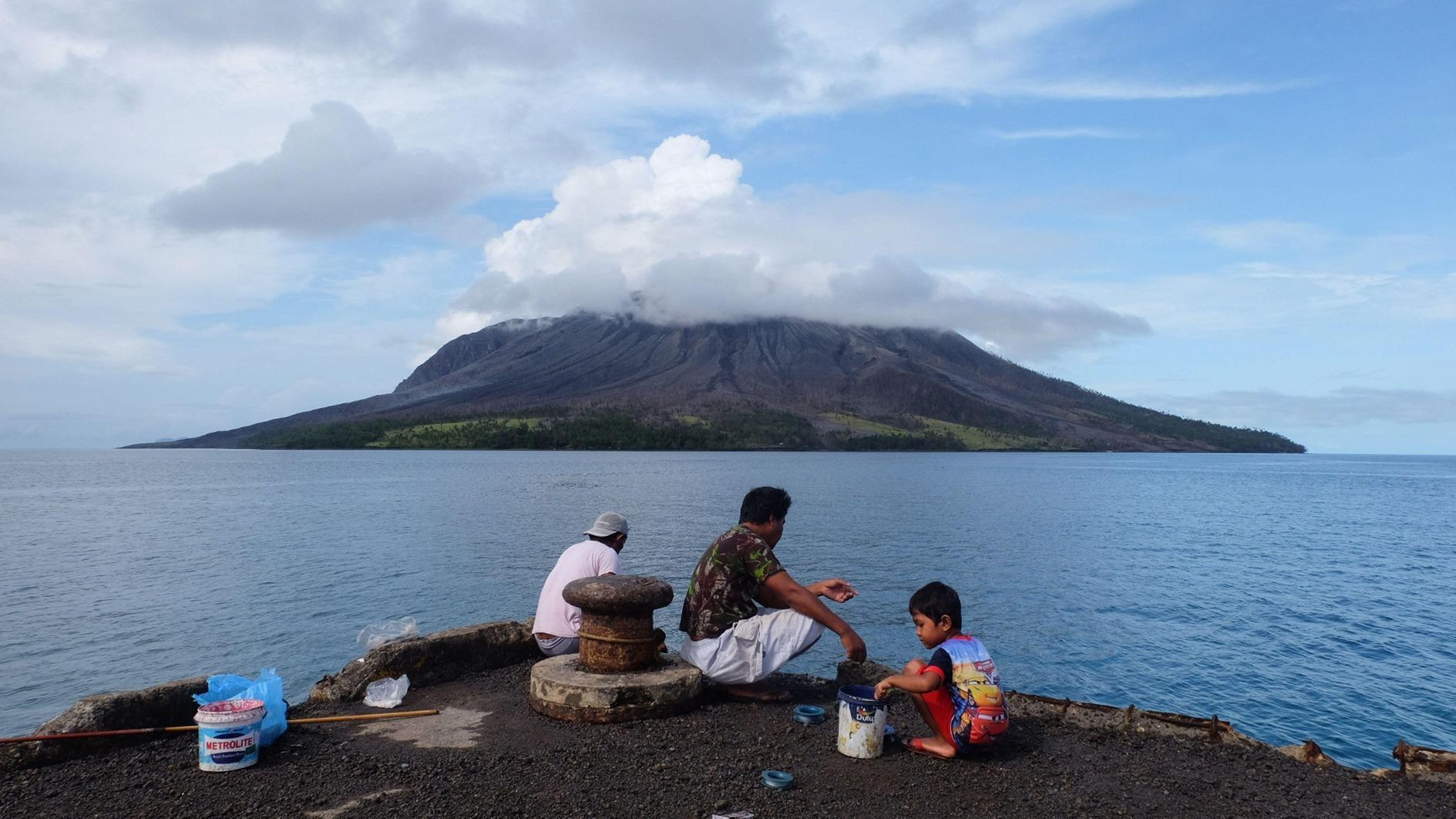127 more Srebrenica victims buried on 21st anniversary
SREBRENICA, Bosnia and Herzegovina
 Thousands gathered in Srebrenica on July 11 to mark the 21st commemoration of Europe’s worst mass murder since the Holocaust and attend the funeral of 127 newly-discovered victims.
Thousands gathered in Srebrenica on July 11 to mark the 21st commemoration of Europe’s worst mass murder since the Holocaust and attend the funeral of 127 newly-discovered victims.Family members sobbed as they hugged the 127 coffins for the last time before they were buried at a cemetery next to 6,337 other victims found previously in mass graves.
The youngest, Avdija Memic, was just 14 when Bosnian Serb forces in the Bosnian town killed 8,000 Muslim men and boys in July 1995, five months before the end of the country’s inter-ethnic war.
The oldest, Mustafa Hadzovic, was 77.
Fatima Duric, 52, buried her husband, whom she saw last when Serbs overran the eastern Bosnian enclave at the end of Bosnia’s 1992-95 war.
The United Nations had declared Srebrenica a safe haven for civilians, but that did not prevent Serb soldiers from attacking the town they besieged for years. As they advanced on July 11, 1995, most of the town’s Muslim population rushed to the nearby U.N. compound in hopes Dutch peacekeepers would protect them.
But the outnumbered and outgunned peacekeepers watched as Muslim men and boys were separated for execution and the women and girls were sent to Bosnian government-held territory. Nearly 15,000 residents tried to flee through the woods, but were hunted down and also killed.
International courts defined the massacre of more than 8,000 people as an act of genocide.
The victims were buried in mass graves, which were then shortly after the war dug up by the perpetrators and relocated in order to hide the crime. During the process, the half-decomposed remains were ripped apart by bulldozers so that body parts are still being found in more than 100 different mass graves and identified through DNA analysis.
Then they are buried each year at the memorial center across the road from the former U.N. base where most of the victims were last seen alive.
Duric lost her husband as they fled with their two children through the woods and walked for days toward government-held territory.
“After all these years, his body was found. In fact, just a few bones. I am burying them today,” Duric said.
Turkish Foreign Minister Mevlüt Çavuşoğlu also attended the commemoration in Srebrenica, where he said that the Turkish nation shared the “undefinable pains” of “our Bosnian siblings in our hearts.”
“For such pains not to be lived once again we have not and will not and we will not make others forget Srebrenica,” said Çavuşoğlu on July 11.
In March, a U.N. tribunal found former Bosnian Serb leader Radovan Karadzic guilty of genocide over his role in the killings and sentenced to 40 years in jail.
Bosnian Serb military chief Ratko Mladic was still on trial at the International Criminal Tribunal for the Former Yugoslavia on genocide and crimes against humanity charges related to the Srebrenica genocide.
















